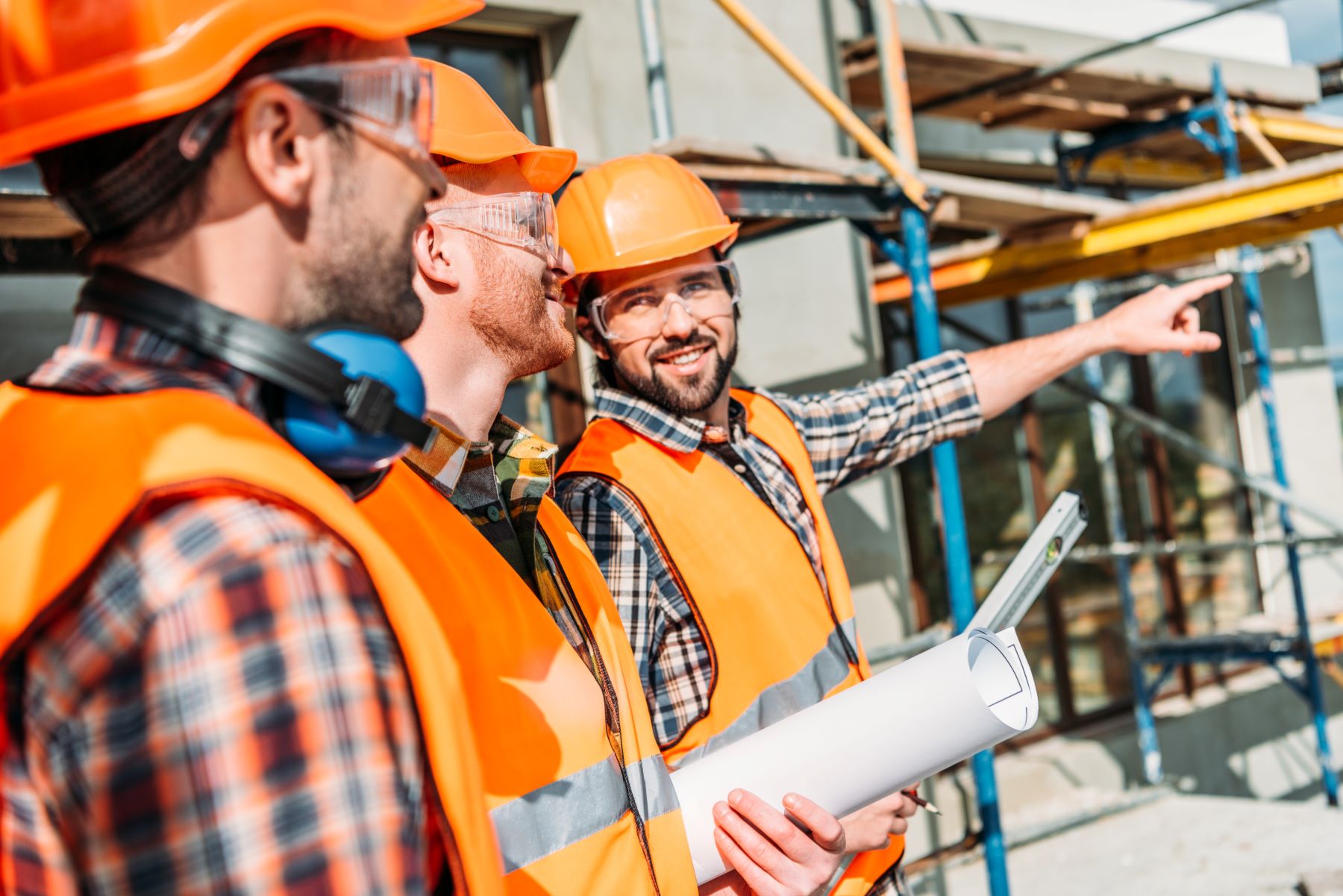In today’s fast-paced world of automotive, roads, fuel, and fleet management, safety is critical. As technology evolves and new challenges emerge, our approach to safety training must keep pace. Whether you’re managing a bustling auto repair shop, overseeing a fleet of long-haul trucks, or working on cutting-edge road construction projects, an effective safety training program is your first line of defense against workplace incidents.
But what exactly makes a safety training program truly effective in these dynamic industries? How can we ensure that our teams are not just compliant, but actively engaged in creating a culture of safety?
In this blog, we’ll dive into the key components of a robust safety training program tailored specifically for businesses in the automotive, roads, fuel, fleet, and related industries. From comprehensive risk assessments to the integration of cutting-edge technologies, we’ll explore how to build a program that not only meets current standards but anticipates future challenges.
- Comprehensive Risk Assessment
- Conduct thorough workplace hazard analyses
- Identify industry-specific risks (e.g., fuel handling, vehicle maintenance, road construction hazards)
- Stay updated on emerging risks, such as those related to electric vehicles and alternative fuels
- Tailored Curriculum Development
- Create modules specific to job roles (e.g., mechanics, fuel handlers, road workers)
- Include both general safety principles and industry-specific protocols
- Incorporate lessons from recent incidents or near-misses in the industry
- Engaging Delivery Methods
- Utilize a mix of in-person training, e-learning, and virtual reality simulations
- Implement hands-on practice sessions for critical skills
- Use microlearning techniques for reinforcement of key concepts
- Regular Updates and Refresher Courses
- Stay current with changing regulations (e.g., DOT, OSHA, EPA)
- Incorporate new safety technologies and practices
- Conduct annual refresher courses and more frequent updates for high-risk areas
- Competency Assessments
- Develop role-specific competency checklists
- Conduct practical skills assessments (e.g., safe driving tests for fleet operators)
- Use digital tracking systems to monitor training completion and certification
- Emergency Response Training
- Focus on industry-specific scenarios (e.g., fuel spills, vehicle fires, roadside emergencies)
- Conduct regular drills and simulations
- Train on the use of specialized emergency equipment
- Mental Health and Wellness
- Address fatigue management for long-haul drivers and shift workers
- Provide stress management techniques for high-pressure roles
- Offer resources for substance abuse prevention, particularly relevant in transportation sectors
- Environmental Safety
- Train on proper handling and disposal of hazardous materials
- Educate on reducing carbon footprint in fleet operations
- Include modules on sustainable practices in road construction and maintenance
- Technology Integration
- Train on the use of safety-enhancing technologies (e.g., telematics, AI-powered predictive maintenance)
- Educate on cybersecurity to protect against threats to connected vehicles and infrastructure
- Utilize data analytics to identify training needs and measure program effectiveness
- Contractor and Vendor Management
- Ensure alignment of safety standards across the supply chain
- Provide safety orientation for contractors working on-site
- Implement a vendor qualification process that includes safety performance metrics
- Cultural and Language Considerations
- Offer training in multiple languages to accommodate diverse workforces
- Adapt training methods to suit different cultural learning styles
- Promote a culture of safety that transcends language barriers
- Continuous Improvement Process
- Regularly solicit feedback from trainees and supervisors
- Analyze incident data to identify gaps in training
- Stay informed about industry best practices and emerging safety technologies
Recent trends to incorporate:
- Focus on electric and autonomous vehicle safety protocols
- Increased attention to cybersecurity in connected vehicle ecosystems
- Potential integration of AI and machine learning for predictive safety measures
- Enhanced focus on mental health and wellbeing
By implementing these components and staying attuned to industry trends, businesses in the automotive, roads, fuel, fleet, and related industries can develop robust safety training programs that protect their workforce and assets while promoting a strong culture of safety.
To learn more about NARFA and our Automotive Industries Compensation Corporation (AICC) workers’ compensation program (MA only), please contact us today.
Recent Posts
7 Health Insurance Renewal Questions Every Business Owner Must Ask
Every year, business owners walk into their health insurance renewal meetings expecting a fair review, and walk out facing another unexplained increase.This year, change that.Instead [...]
Massachusetts Pay Transparency Law (2025): Compliance Guide for Employers
What Is the Massachusetts Pay Transparency Law?Beginning October 29, 2025, Massachusetts employers with 25 or more employees must disclose pay ranges in job postings and [...]
AICC Leads the Way: How Integrated Mental Health Support Creates Safer Workplaces
The Game-Changing Benefit Most Workers' Comp Programs Miss While traditional self-insured workers' compensation programs focus solely on handling claims after injuries occur, the AICC leads [...]




